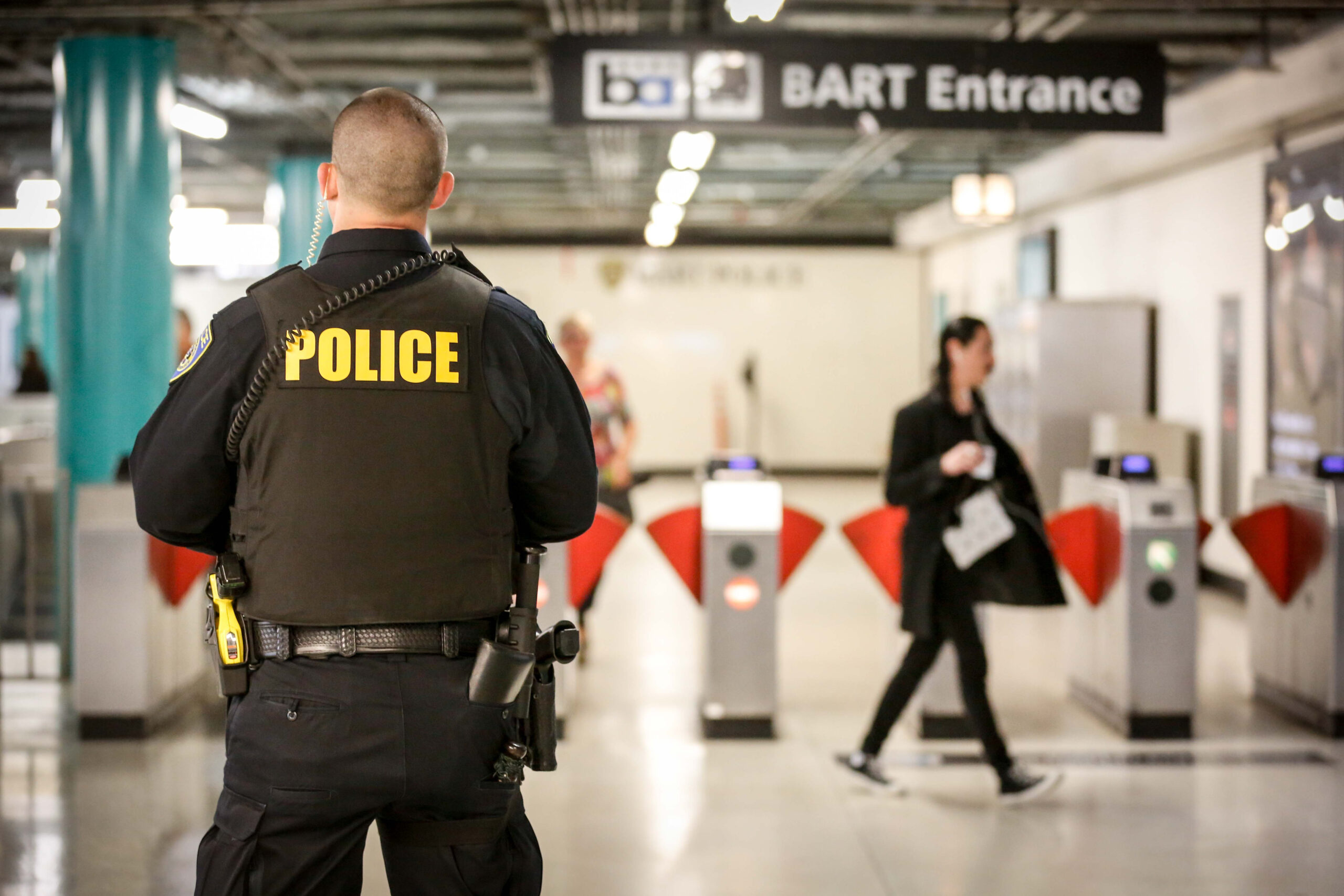A dozen years after viral cell phone footage of a BART cop killing Oscar Grant in Oakland’s Fruitvale Station enraged millions and led to vows of reform, the transit agency asked the state to review its progress.
After a BART leader last year invited a “look under the hood” at the agency, California Attorney General Rob Bonta agreed, and the audit launched this January.
BART board member Lateefah Simon said after 12-plus years of reforms, the agency welcomes the scrutiny
“We have nothing to hide,” she said.
Auditors from the state Department of Justice’s Civil Rights Enforcement Section hosted one public listening session so far, with more to come in a review set to last through 2025 or until either party ends it early, according to the memorandum of understanding.
That makes the 173-officer BART police force one of several Bay Area law enforcement agencies undergoing reforms—agencies like the Oakland Police Department, whose court-ordered federal oversight has lasted more than two decades. Or the San Francisco Police Department, which volunteered for federal monitorship before coming under the same kind of AG review underway at BART.
Simon requested the AG review last year in hopes of making BART a model for progressive policing.
The agency, which published a 2021 study on policing practices, confirmed the partnership and said it hopes it makes BART “a model agency for progressive policing.”
“This is a collaborative, voluntary review,” a BART spokesperson told The Standard.
Officer Johannes Mehserle fatally shooting 22-year-old Grant in 2009 still stands as BART’s highest-profile case. Mehserle was found guilty of involuntary manslaughter in 2010 and served 11 months in jail.
In the decade to follow, reforms brought BART a citizen watchdog board and oversight agency, body cameras and a system for flagging problem officers, as well as revised training and rules on physical force.
The head of BART police oversight, Russell Bloom, said he expects justice officials to consider input from his Office of the Independent Police Auditor.
That BART oversight body, which investigates claims of police misconduct, had tallied 87 open cases when the AG review started in January.
Still, the transit agency can’t seem to stay out of the headlines—for example, a woman detained on suspicion of fare evasion filed a lawsuit in 2021 accusing BART of excessive force.
“Given the way in which the officers, including the sergeant, was so comfortable using this brutish display of force in public, in broad daylight, it appears to be that BART still has not gotten the message,” her attorney Adanté Pointer told KRON 4.
The AG has stepped into BART business before.
In 2021, Bonta’s office probed another BART police officer’s involvement in Grant’s killing. That same year, news coverage exposed BART’s less-than-thorough investigation of a shooting still known as one of the nation’s most prominent examples of police violence, spawning films, murals, lyrics and Oakland’s unveiling of Oscar Grant Street just feet away from Fruitvale Station.
